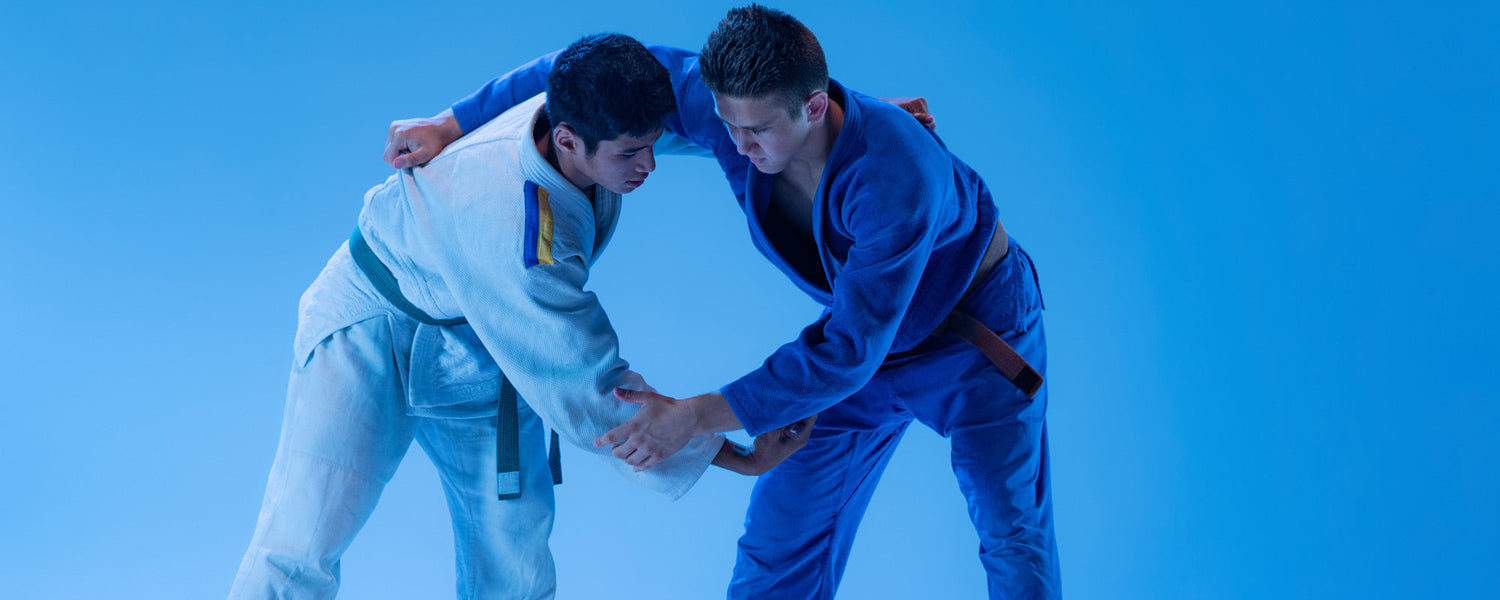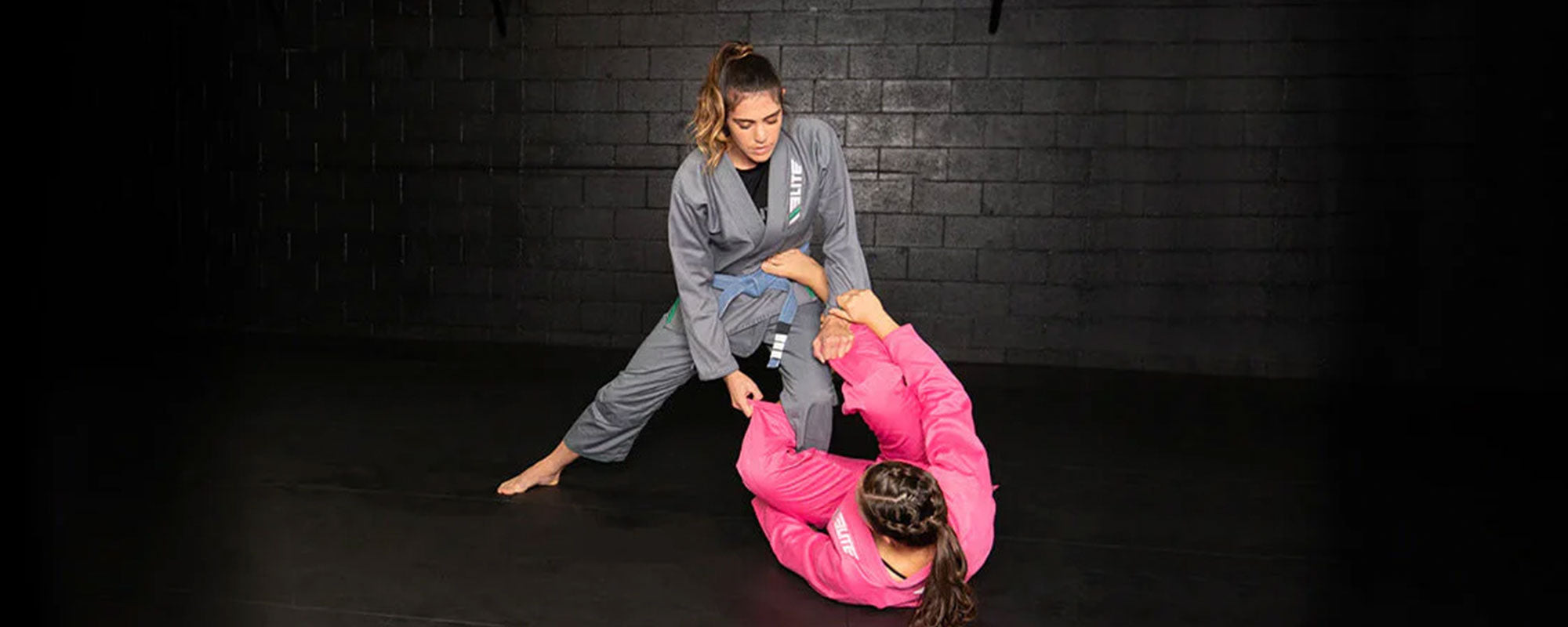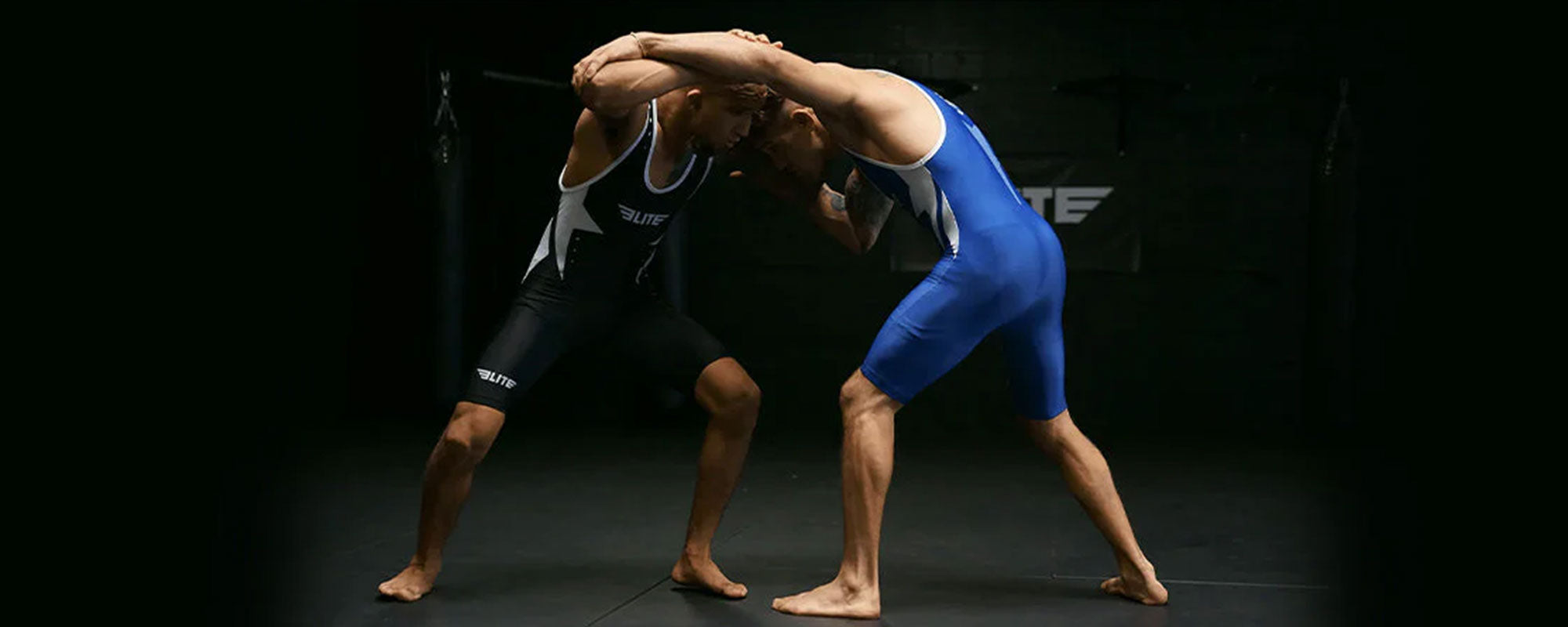Table of content
It is a commonly known fact that BJJ is an integral part of MMA. The two are a combination of fighting techniques which provide the fighter with a multitude of fighting styles which entail for a wholesome cardio workout. The fighting style is comprised mainly of grappling, control and extreme groundwork. The sport itself, however, is based on self-defence techniques. It teaches the fighter to observe and find a method of over-powering one’s opponent by bringing them to submission. This is done by, finding a position that dose on prove to be harmful to either party and can help the fighter maintain a streak of self-defence tactics to get their opponent to a place of absolute submission. There are many reasons why BJJ is perfect martial arts and how it is future of MMA.
1. The principles of BJJ:
There are four major principles that constitute the art of BJJ. These are as follows:
- MMA Version
- Self-Defence
- No-Gi Version
- Classic BJJ
The above-mentioned principles of BJJ are comprised of the sensitivity of timing. That basically means, that different time sensitive strategies lead to the determination of how the fighter can train and become proficient in the sport. The differences that occur are minor in nature as in the MMA Version of the sport the fighter is required to wear shorts. While in the BJJ Version the fighters are expected to wear a traditional BJJ kimono or rash guards. The Self-defence Version in this regard are a bit more in formal as it does not require traditional gear rather the competitors are allowed to wear regular athletic clothing.
2. The difference between MMA and BJJ:
MMA is tagged as a more aggressive fighting style as it entails that the opponent should be brought to submission by form of knock-out or TKO. It is ruled out that once the opponent is incapable of verbally speaking out their defeat or are even unconscious then only the fighter can consider the match a win.
BJJ however, is a less aggressive fighting style. This version entails that the opponent is forced to submission through a chokehold or and armbar. It basically states that any form of joint manipulation that can cause the opponent to submit is allowed. This, however, can only be brought about by the use of fighter’s arms, hips or legs. In the BJJ Version it is stated that the more the fighter can fend off the acts of the opponent by self-defence tactics the better.
3. Techniques requiring Mental Stamina:
In MMA there is a requirement of an extreme level of physical strength and a keen understanding of what the martial arts entail. It is also a widely understood fact that MMA is a highly draining sport in both physical and mental capacities.
On the contrary in BJJ, once the fighter falls to the ground it is required of them to strategize their attacks in a way that will help them gain control over their opponent once again. This can be done through the joint manipulation technique discussed above. BJJ however, is also not a sport that can be suggested to those of a feeble mind and weak of heart. It mainly tests the fighters problem-solving abilities in the moment that they are on the ground and require a way out of the situation. It also requires a keen hold over one’s mind and body to be able to work them together to remove the chances of failure. BJJ requires the competitors to maintain a sharp level of competitive edge o=in order for them to succeed at the sport.
4. Rules for Kicking and Attacking:
The rules for attack for MMA fighters require that the competitors should be trained in a way that they know how to perform powerful knee and leg strikes, It also requires that they know how to make upper body strikes with the use of their elbows and hands.
BJJ does not have a number of solid rules that need to be followed by the fighter. But it does not allow for the competitors to strike one another nor kicking is allowed. Submission in BJJ can only be brought about by the use of techniques such as armbars, chokeholds and leg locks. It reinforces the fighters to bring one another to submission by throws that are followed by grappling or locks and body controls to get the opponent to submit. This can be done by very little or no striking at all.
5. Violence:
MMA can be tagged as a sport which is conducted in a controlled environment. This is done so that competitors of the same competing strength, weight and skill fight to the end of their wits to see which one of them can reign is the champion. The champion of course, is then declared the better fighter of the two. However, the subject remains that since the art of the sport is quite violent, the audience should expect to view a standard amount of gore and blood.
On the other hand, BJJ is relatively a version of the sport with a gentle nature in comparison to MMA. This is due to the lack of added punching and kicking which is against the rules in BJJ the opponent is not likely to get hurt or start bleeding. It is safe to declare that one can practice the fighting style one day and show up the next day to prior commitments without being bruised as a peach.
6. Transitioning from BJJ to MMA:
BJJ is a form of fighting that can lead to the fighter beginning with a softer approach to the sport. MMA requires a keen knowledge of wrestling. Most fighters begin with the art of wrestling first and then transition into MMA because this style of combat is more aggressive and requires the fighter to understand basic blocking and attacking techniques which conform from wrestling. When the opponent is striking and attacking one can barely defend the attack and save oneself from harm’s way. The fighter’s guard is tested thoroughly while fighting in BJJ style. But MMA does not require self-defence techniques. The idea behind this style of fighting is purely to bring one’s opponent to his knees. This can only be done by attacking and striking. However, there are ways that one can perform self-defence when it comes to MMA. Many tactics lead to one being set in a position that will lead the fighter to guard one’s self by jumping in a way that puts one on top of the opponent to get him to submit.
There is, however, the fact that the effectiveness of the guard technique or the self-defence technique has taken a nose-drive in recent years. The idea is that generally no one wants to be the bottom guy as that may lead to easily being caught in a chole hold or an armbar which will subsequently lead to failure. There have not been many BJJ style fighters who have transitioned well into modifying their self-defence technique in a way that may lead to them successfully adding it into their MMA fighting style. In MMA fighting the base lies in the fact that a fighter with a solid top technique can wreak havoc on a BJJ fighter who knows only self-defence techniques. Thus, the ideal form of fighting would be to remain on top and lead the opponent to defeat with an armbar or chokehold technique which is traditional for BJJ fighters. Being on top would give the fighter a positional dominance and provides the fighter with new vulnerable points to hit the opponent at and lead them to absolute submission. Punches may tend to soften up the opponent to the idea of submission but may not be a fool proof plan for the long run.
7. Guarding:
When it comes to guarding it is important that one concentrate on their top game. There will be times when the fighter has to work from being bottom to top. This entails, that the opponent may be heavy handed with their attacking technique and may lead to the fighter taking a number of hits and falling to the ground. This way the opponent can easily make their way to the top. However, if this happens, all is not lost as one can strive and strategize in a way to lead regain dominance. This can be done by the fighter not losing their patience and avoiding immediate panic. To gain dominance a close contact should be maintained with the opponent and a series of underhooks can be delivered to throw the opponent off balance. In some cases, fighters also tend to use the rubber guard with great success to maintain a firm grip and not lose their positioning or balance. By keeping the opponent close it is near impossible to get hit thus making delivering hits a great success.
Another form of guarding is to remain quite far from the opponent’s striking radius. One can role around or jump away from attacks to tire the opponent out and in turn succeed in avoiding being hit square on. Mid distance is the area to avoid as it is more likely to get hit while remaining in the middle. The opponent can maintain a tight radius and strike in a fatal blow leaving the fighter in heap and making it much easier to get them to submit. This does not mean that one should choose between guarding techniques and favour one over the other as switching up both techniques will make it more difficult for the opponent to learn the fighter’s guard patterns and find a way around them. In MMA fighting style the idea should be to stand up, sweep the opponent’s balance off and concur them in a way to make them submit most often using a chokehold.
8. Standing Up:
Standing up is not easy to do but it is also not impossible. It a highly important skill to have when it comes to MMA. There are several apt ways of doing a traditional stand up. When the opponent is in the radius of one’s guard it should be expected that he will try and stand up. When that point eventually comes one should immediately plant one’s feet on his hips to create balance and then push away from the opponent and stand up. This will allow for the fighter to heave away from the attacker’s strike radius. Immediately after lunging away the fighter must stand up because it is vital that the timing be proper. Once the bit of distance be created one should take the chance and stand up. Even if one is a second too slow, it’ll cause the opponent to take the chance and start beating down which will obviously result in brutal failure.
On the other hand, if the opponent is within the guard radius and sits up to place his strike or start punching, one should plant their feet on his chest and use the momentum to push away and stand up. Again, this needs to be done immediately as to not losing footing against the attacker’s strikes.
9. BJJ vs MMA
The idea generally is that now a lot of fighters seems to be moving away from MMA fighting style and transitioning back into BJJ. This is mainly because of the risk of traumatically or fatally injuring oneself or one’s opponent. As there are relatively lesser rules in the MMA fighting style it is considered a dirtier method of fighting. It does not oppose to punching and kicking. Thus, it is more likely to see more injuries and blood when it comes to MMA. One could fight one day and show up to work looking like a bruised peach the next. It can be considered highly unprofessional and not to mention the risk of getting injured in the long run. Hence, BJJ is not being taken up as a sport far more than MMA as the gentler nature of the sport tends not to let the fighter get severely injured during the game. Whatever may be the fighter’s choice of fighting style we maintain that either way one remains safe! Happy combating!













Leave a comment
This site is protected by hCaptcha and the hCaptcha Privacy Policy and Terms of Service apply.